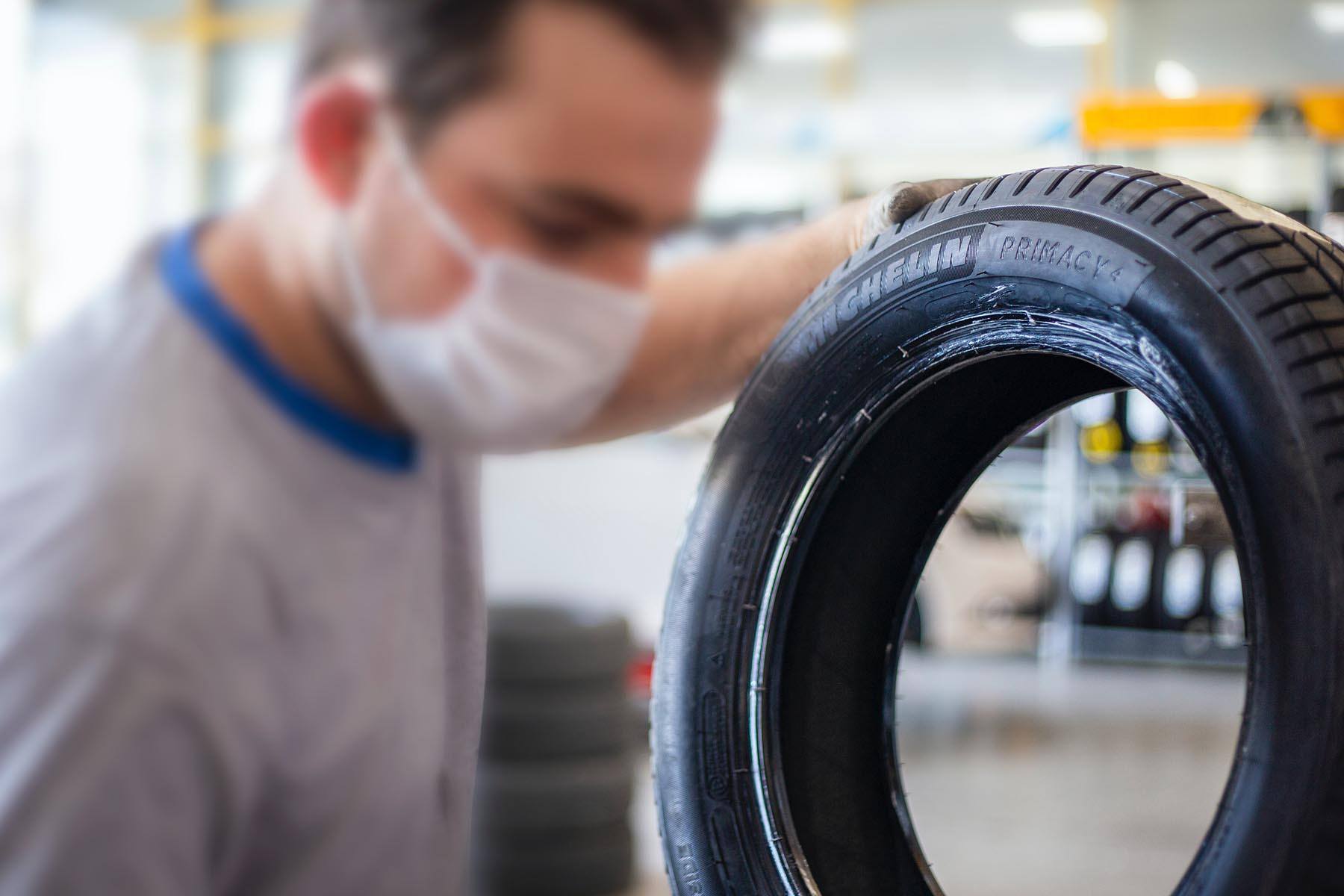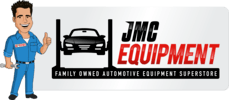Run Flats vs. Regular Tires: What to Consider
2nd Sep 2022
Tire-related accidents are so common that The National Highway Traffic Safety Administration (NHTSA) created a safety guide for buying and repairing car tires. Therefore, when purchasing tires, you must make some calculated decisions, including choosing between run-flats and regular tires.
So you might wonder, are run flats better than regular tires, or can you replace run-flat tires with regular tires? Below, we will describe how run-flats compare to regulars, whether you can switch or mix them up, and where to find automotive tools for sale.
Run Flat and Regular Tires: The Differences
Run flat tires are specifically made to keep the car moving after you experience a puncture. Most run-flats enable you to drive up to 50 miles (depending on the type and brand) until they stop working. That buys you enough time to find a repair shop and fix the issue.
Regular tires don’t provide this comfort. Instead, you have to replace the tire then and there, which usually requires getting your hands dirty or waiting for roadside assistance.
Pros and Cons to Run Flat and Regular Tires
The main advantage of run-flat tires is obvious - they provide peace of mind for drivers, especially those who frequently travel long distances with their vehicles. You don’t have to carry an extra tire or worry about getting stuck in the middle of nowhere.

However, run flats aren’t ideal in all aspects. Like regular tires, they have certain disadvantages.
Some of the most notable ones are:
- Run-flats have a higher cost.
- They don’t provide optimal results all the time.
- Run-flat tires wear out quicker.
- They don’t come with spare tires.
When you compare run flats to regular tires, two other disadvantages arise. First, regular tires provide smoother rides with less noise, while run-flats are known for their harsh and loud rides.
Second, it’s harder to notice whether there is a puncture in the first place if you are driving run-flats. Low air pressure doesn’t cause bulging in these tires, so you’ll need to use a tire pressure monitoring system - which isn’t the case with regular tires.
Can I Put Regular Tires Instead of Run-Flats?
Auto mechanics often get asked, “Can I replace run-flat tires with regular tires?” In most cases, you can freely replace run-flats with regulars and vice versa.
However, the manufacturer's specifications determine whether you can or not. Remember, the new tires should also match the recommended specifications, such as load capacity, inflation ratio, size, etc.
While you technically can mix and match run-flats with regulars, it’s best if you don’t. However, if you find yourself in a situation where mixing is the only solution, there is no harm to it. For instance, if you have to replace a regular tire quickly but only have a spare run-flat in your truck.
Find All The Automotive Maintenance Tools You Need in One Place
JMC Equipment is a leader in providing the best automotive tools and equipment for taking your car to the next level. We sell high-quality tested products from reputable brands to individuals and professional auto shops. You can find everything you need, from air conditioning equipment and tire changers to car lifters and paint booths.
Register on our site today and never miss out on deals again.
